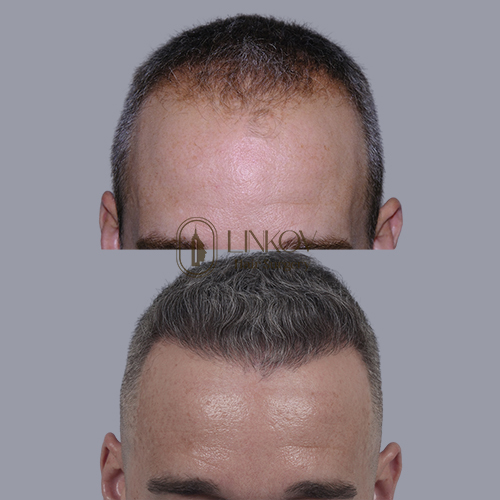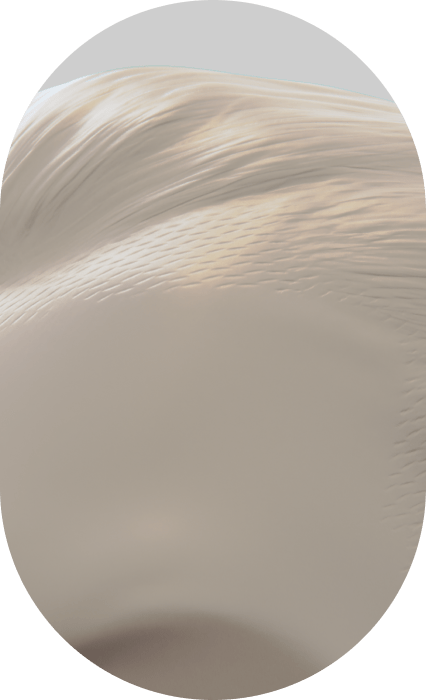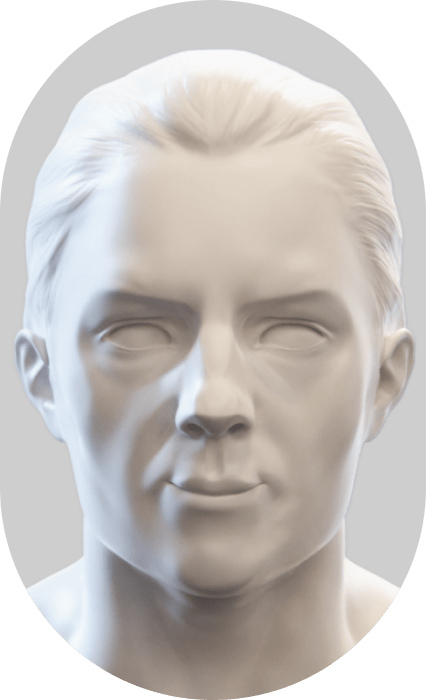Finasteride for Hair Loss in NYC
Male pattern hair loss is a mostly hereditary condition that can impact your self-esteem by lowering your self-image. Fortunately, there are many hair loss treatments that work, including many non-invasive methods. Finasteride, often sold under the brand name Propecia, is an oral medication you take daily to restart your hair growth and limit the loss. It works slowly, over time, to restore your hairline and provide you with a natural head of hair. To find out if you’re a good candidate for finasteride, call Linkov Hair Surgery in Manhattan for a consultation.

What Is Finasteride for Hair Loss?
Finasteride, which is sold under the brand name Propecia, is a prescription medicine used to treat male pattern hair loss, also known as androgenic alopecia. The drug falls under the class of 5-alpha-reductase inhibitors, which treat an enlarged prostate gland, in addition to male pattern baldness.
Once men reach about 50 years old, 85 percent suffer hair thinning, which may cause emotional distress. The finasteride medication stops hair loss by inhibiting testosterone from turning into the hormone dihydrotestosterone, which is responsible for baldness in men and women.
At Manhattan’s Linkov Hair Surgery, you’ll find Dr. Gary Linkov, a board certified surgeon who’s an expert in restoring hair. He and his team use advanced approaches for hair loss treatment, including a range of options from finasteride to hair transplants.

What Are Symptoms of Male Pattern Baldness?
Male pattern baldness is a type of hair loss in men that affects over half of all men aged 50 years or older. Symptoms of male pattern hair loss include:
- Baldness beginning at the hairline
- A receding hairline
- The characteristic M shape of the receding hairline
- Hair that shortens while becoming finer and thinner
- A U-shaped (or horseshoe) pattern of hair that forms around the sides of the head
- A conspicuous bald area on the back of the head
The process of male pattern baldness is gradual. If you notice any of the above signs, consult an experienced hair restoration doctor. Your Manhattan hair restoration specialist uses a multi-disciplinary approach to hair loss treatment for the best outcomes. Finasteride for hair loss has become one of the most popular treatments, and so doctors prescribe it for this hair loss problem.
How Does Finasteride Work?
Your hair restoration specialist in New York City prescribes finasteride after a diagnosis of male pattern baldness. Since you may have underlying medical issues causing your hair loss, those may need to be resolved first, but finasteride is an FDA-approved medication for male pattern baldness. It works in two ways, including:
- Inhibiting 5-alpha-reductase enzymes Finasteride is a 5-alpha-reductase inhibitor, meaning it stops the action of 5-alpha-reductase enzymes. This enzyme plays a role in the conversion of testosterone into the hormone dihydrotestosterone (DHT).
- Lowering DHT DHT binds to receptors throughout your scalp and disrupts the natural hair growth cycle. Finasteride for hair loss lowers DHT levels in your bloodstream, protecting your hair follicles from DHT-related damage.
The hair loss treatment doctors at Manhattan’s premier hair transplant facility have prescribed finasteride successfully in the past, and it may work for you. The team, led by the celebrity-trusted hair restoration surgeon Dr. Linkov, can ease your distress through the most effective hair restoration procedures, whether with finasteride or a more advanced process, such as hair cloning.

Why Use Finasteride for Hair Loss?
Your hair loss treatment doctor may prescribe finasteride for hair loss after an assessment. The benefits associated with this medication include:
Safety Finasteride is FDA-approved to treat male pattern hair loss.
High satisfaction rates Studies show an increase in hair growth among men using finasteride.
Effectiveness Unlike home hair loss treatments, finasteride has a scientific basis. The drug blocks the action of the 5-alpha-reductase enzyme, which converts testosterone into the hair loss causing hormone DHT.
A boost in self-esteem Baldness may lower your self-image, as men equate a full head of healthy hair with virility. With the medication, you get your hairline back, which gives you the confidence to live positively.
No surgery required If your doctor recommends this medication, you save money by not getting a hair transplant. Your doctor only prescribes finasteride if you suffer male pattern baldness and not another type of hair loss.
The effects of finasteride only last for as long as you take the medication. Your hair restoration expert at Linkov Hair Surgery explains the pros and cons of the medication, along with any side effects, its cost, aftercare and recovery. Trust Dr. Linkov to recommend finasteride only if it’s right for you.
How Do I Take Finasteride?
Your doctor provides detailed instructions on the use of finasteride. Like all medications, follow all the instructions, which may include:
- General usage Take the tablets by mouth, but don’t crush, cut or chew them.
- Storage Store finasteride properly at room temperature, between 59 degrees and 86 degrees Fahrenheit. Keep them away from direct light and extreme temperatures. Avoid moist storage areas, including your bathroom.
- Refills Finasteride is a prescription drug. You can only buy it when it’s been prescribed by a doctor. After the initial prescription, your doctor writes the number of refills you can get. After that number, you must consult your doctor for a review before you can get refills.
Premature hair loss often affects a man’s self-esteem. At Linkov Hair Surgery, Dr. Linkov and his team may prescribe finasteride or other hair loss medications, such as minoxidil, spironolactone or nutraceuticals.

What Should I Expect after Taking Finasteride for Hair Loss?
Finasteride is effective for hair loss, but the results aren’t instantaneous. When you take this medication, keep in mind:
Your expectations Wait at least three months to see any improvements. Hair loss and growth is a gradual process, so you may only notice results after several months.
Long-term results During the first 12 months of your hair loss treatment with finasteride, expect to see improvement. Once it starts working, it is very effective.
Continuous use Finasteride only works if you continue the dosage prescribed by your doctor. If you stop the medication, you lose any hair gained. Don’t stop after noticing some improvement to avoid further hair loss.
Doctor’s review If you show no or poor results after a year of continuous use of the medication, talk to your doctor and consider alternative permanent hair loss treatment for men.
If you’re struggling with male pattern baldness or any other hair loss issue, don’t accept your fate if it really bothers you or limits your lifestyle. Contact the best hair restoration specialists in the country in New York City. Dr. Linkov heads a capable team, and he’s double certified by the American Board of Otolaryngology-Head & Neck Surgery and the American Academy of Facial Plastic and Reconstructive Surgery.
Linkov Hair Surgery
150 E 56th St, #1A
New York, NY 10022
(212) 970-9404

